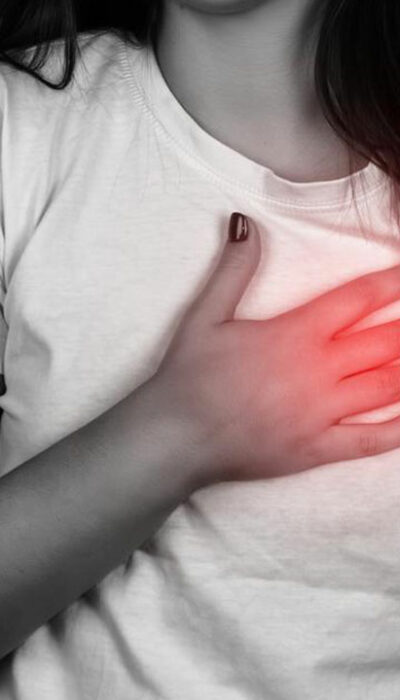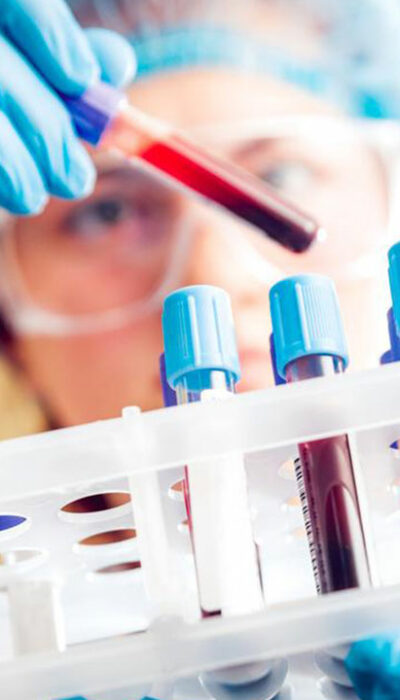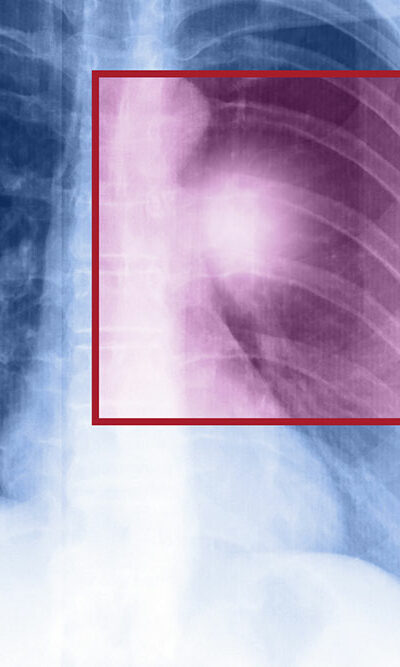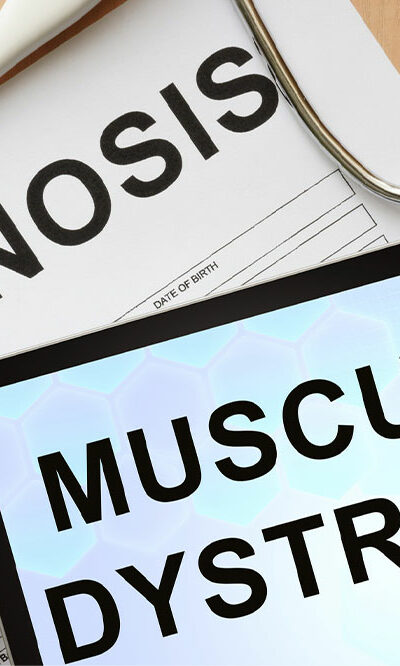
An Insight into the Different Types of Toenail Fungus Cures
Toenail fungus is an infection that goes through the cracks in the nails; it may even cut the skin sometimes. The skin gets thicker than the normal skin, and the color of the toenail also changes. The fungus can be very painful and can cause immense discomfort. Since most of the time the toe area remains warm and damp, it gets easy for the fungus to spread. There are different kinds of fungi and yeast which can affect the nail area. If it is not appropriately treated, the infection can spread to various parts of the body. The infected part of the nails gets thicker and changes its color. The infection can make the nails fragile as well. If the fungus infects under the nails, it can separate it from the bed and spreads to the skin. Men are more prone to get this fungus than women, and the elderly population is at a greater risk of contracting this infection than the rest. Also, people with diabetes or a weak immune system have greater chances to catch fungus. Even, a person who has to stay a lot of time in water can also get affected by this fungus. People addicted to smoking, or if someone in the family suffers from this infection, the individual is also vulnerable to a fungus attack. Different types of toenail fungus cures If someone starts treatment at the early stage by approaching a physician for a proper consultation for taking care of the infected area, they can contain the infection. A specialist like a podiatrist or a dermatologist will give a better opinion on such matter. The doctor might advise the individual to go in for a lab test before prescribing medications. The sooner you opt for treatments, the quicker would you get the desired results.










